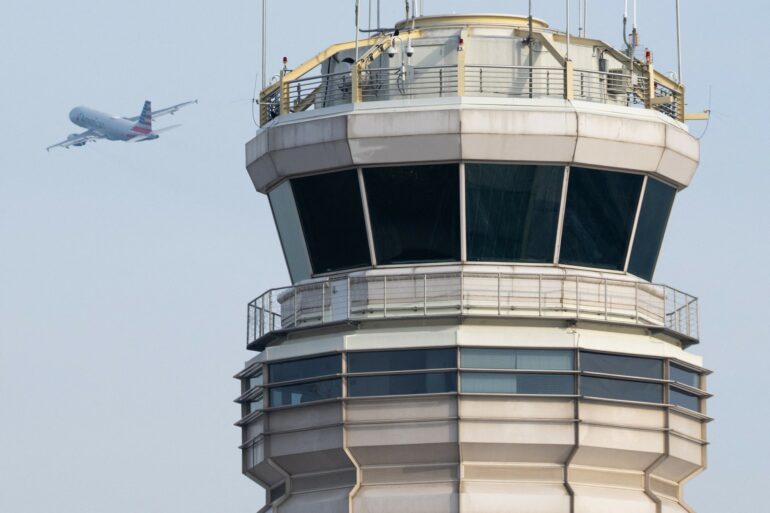After hours of routine operations, an air traffic controller gets a radio call from a small aircraft whose cockpit indicators can’t confirm that the plane’s landing gear is extended for landing. The controller arranges for the pilot to fly low by the tower so the controller can visually check the plane’s landing gear. All appears well. “It looks like your gear is down,” the controller tells the pilot.
The controller calls for the airport fire trucks to be ready just in case, and the aircraft circles back to land safely. Scenarios like this play out regularly. In the air traffic control system, everything must meet the highest levels of safety, but not everything goes according to plan.
Contrast this with the still science-fiction vision of future artificial intelligence “pilots” flying autonomous aircraft, complete with an autonomous air traffic control system handling aircraft as easily as routers shuttling data packets on the internet.
I’m an aerospace engineer who led a National Academies study ordered by Congress about air traffic controller staffing. Researchers are continually working on new technologies that automate elements of the air traffic control system, but technology can execute only those functions that are planned for during its design and so can’t modify standard procedures. As the scenario above illustrates, humans are likely to remain a necessary central component of air traffic control for a long time to come.
What air traffic controllers do
The Federal Aviation Administration’s fundamental guidance for the responsibility of air traffic controllers states: “The primary purpose of the air traffic control system is to prevent a collision involving aircraft.” Air traffic controllers are also charged with providing “a safe, orderly and expeditious flow of air traffic” and other services supporting safety, such as helping pilots avoid mountains and other hazardous terrain and hazardous weather, to the extent they can.
Air traffic controllers’ jobs vary. Tower controllers provide the local control that clears aircraft to take off and land, making sure that they are spaced safely apart. They also provide ground control, directing aircraft to taxi and notifying pilots of flight plans and potential safety concerns on that day before flight. Tower controllers are aided by some displays but mostly look outside from the towers and talk with pilots via radio. At larger airports staffed by FAA controllers, surface surveillance displays show controllers the aircraft and other vehicles on the ground on the airfield.
This FAA animation explains the three basic components of the U.S. air traffic control system.
Approach and en route controllers, on the other hand, sit in front of large displays in dark and quiet rooms. They communicate with pilots via radio. Their displays show aircraft locations on a map view with key features…



